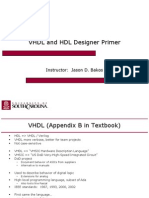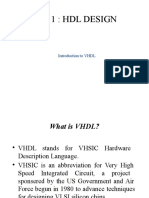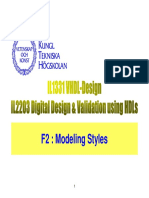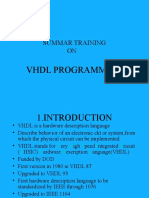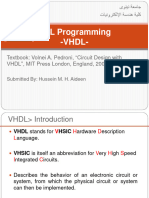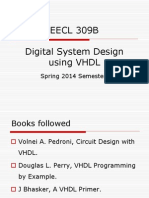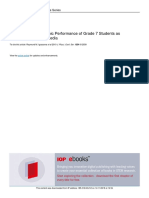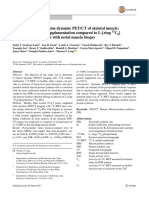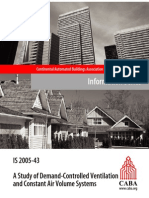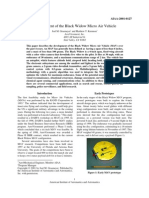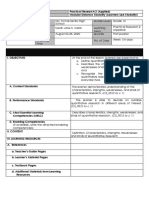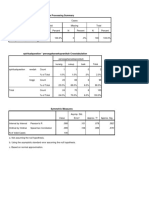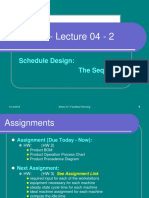0% found this document useful (0 votes)
163 views30 pagesVHDL Process Basics
The document discusses VHDL processes and how they are used to define sequential and combinational logic. It covers the basics of processes including sensitivity lists, wait statements, variables, and process evaluation and activation. It provides examples of using processes to implement counters and clock edge detection. Processes allow defining sequential behavior through statements that execute sequentially, and communicating with the rest of the design via signals.
Uploaded by
csazeredo_2010Copyright
© Attribution Non-Commercial (BY-NC)
We take content rights seriously. If you suspect this is your content, claim it here.
Available Formats
Download as PPT, PDF, TXT or read online on Scribd
0% found this document useful (0 votes)
163 views30 pagesVHDL Process Basics
The document discusses VHDL processes and how they are used to define sequential and combinational logic. It covers the basics of processes including sensitivity lists, wait statements, variables, and process evaluation and activation. It provides examples of using processes to implement counters and clock edge detection. Processes allow defining sequential behavior through statements that execute sequentially, and communicating with the rest of the design via signals.
Uploaded by
csazeredo_2010Copyright
© Attribution Non-Commercial (BY-NC)
We take content rights seriously. If you suspect this is your content, claim it here.
Available Formats
Download as PPT, PDF, TXT or read online on Scribd
/ 30






